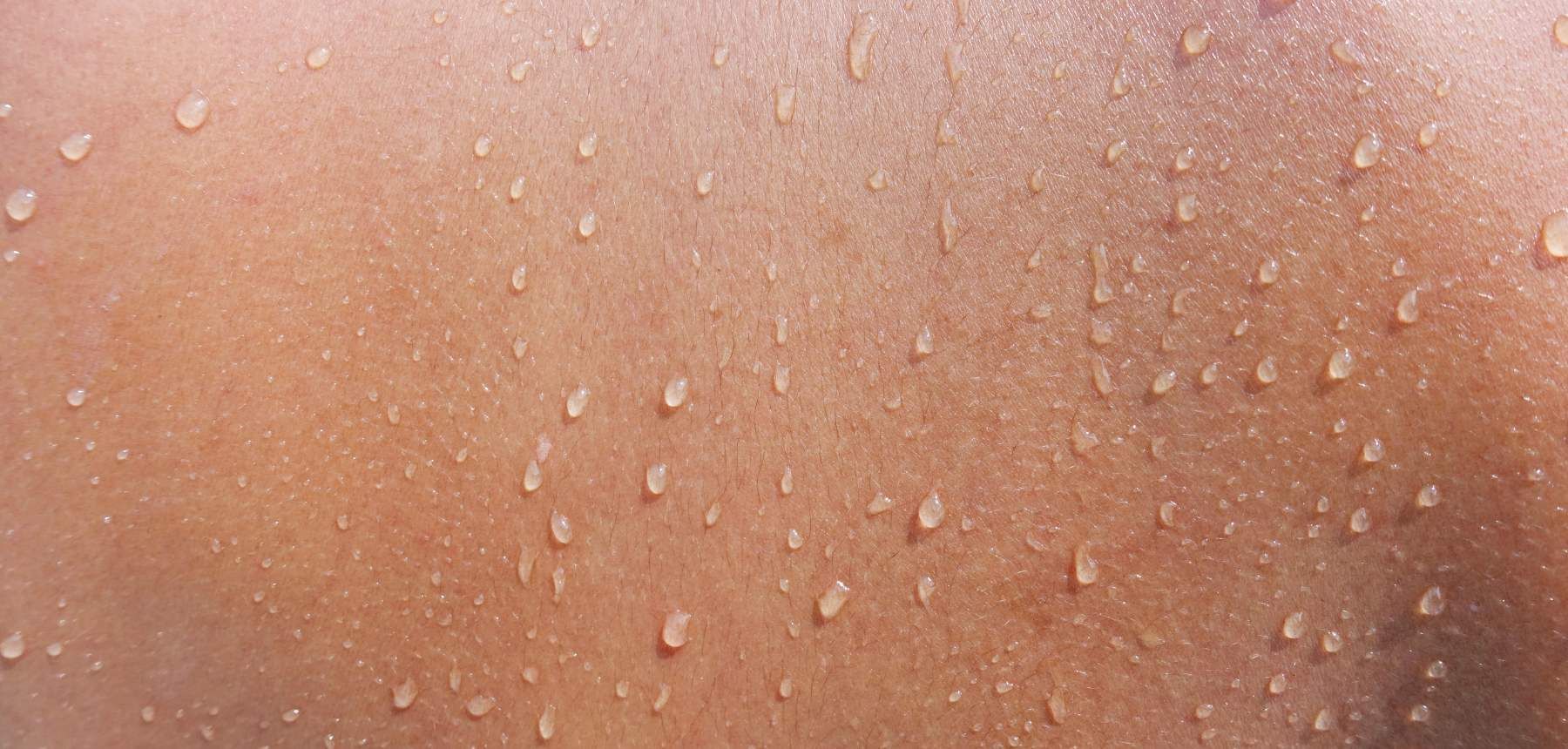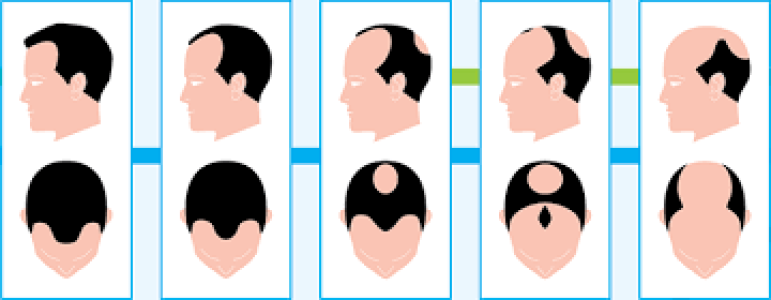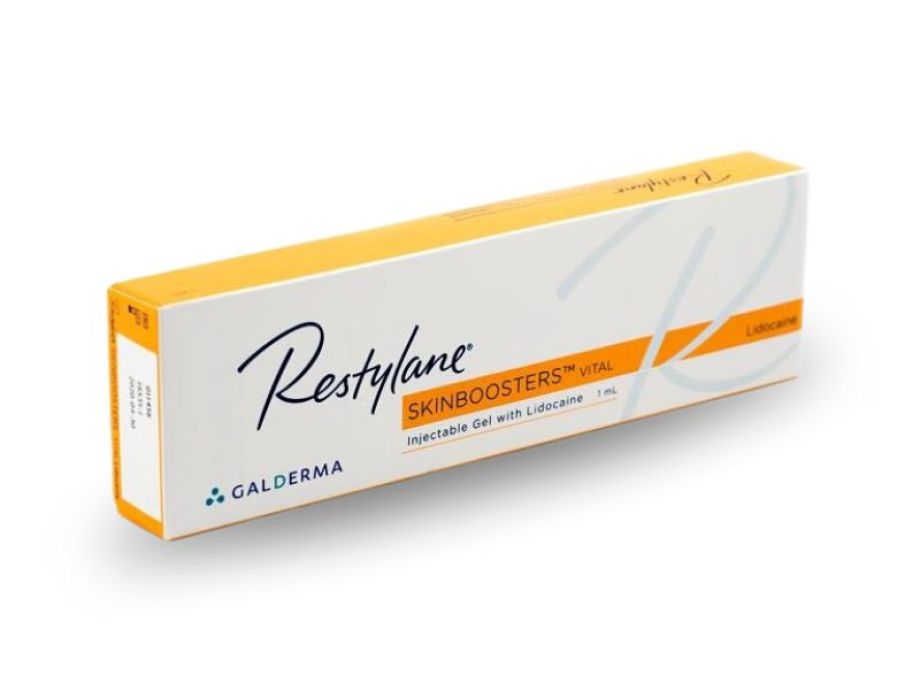
Aesthetic Treatments
Platelet-Rich Plasma
Biorevitalization of the face and neck
Platelet-Rich Plasma (PRP) is a technique that uses the growth factors from the platelets (blood cells) of the patient to induce tissue regeneration, with applications in various medical specialties.
One of the most common uses in dermatology is for skin rejuvenation (face, neck, and décolletage).
After the patient’s blood is collected, it is centrifuged, and the plasma fractions are separated according to their platelet concentration. The fraction at the bottom of the tube, near the red blood cells, is richer in platelets. This fraction is then administered through mesotherapy (microinjections into the dermis using very fine, short needles) and also into the deeper dermis/hypodermis for areas with more pronounced wrinkles. Platelet-Rich Plasma offers a very natural global rejuvenation effect, improving skin firmness, elasticity, and reducing wrinkles.
The treatment is performed with the prior application of a topical anesthetic cream and the use of cold during and after the procedure to minimize any discomfort.
The most common side effect is the appearance of small bruises (contusions), which typically do not restrict the patient’s activities.
Three initial sessions are recommended, spaced one month apart, followed by maintenance sessions at longer intervals.
Platelet-Rich Plasma
Androgenetic Alopecia
This technique uses the plasma fraction from the patient’s own blood, rich in platelets, to promote tissue regeneration.
It has been used for many years in dentistry and orthopedics (bone regeneration), for skin rejuvenation, and more recently, it has started being used in trichology. Several studies have demonstrated its efficacy in stimulating hair growth and increasing hair diameter.
It is used in Androgenetic Alopecia and in specific cases of Telogen Effluvium. It is considered a complementary technique, often used in conjunction with other treatments.
A blood draw is performed (similar to a routine blood test), the blood is centrifuged, and the platelet-rich plasma fraction is then obtained. Platelets are blood cells containing growth factors.
This plasma fraction is activated to release these growth factors and is then administered through small injections into the area to be treated.
To maximize results, three initial sessions are recommended, spaced one month apart, followed by semiannual maintenance sessions.
It is a very well-tolerated treatment that does not restrict the patient’s social activities.

Superficial Peeling
Superficial peels use different concentrations of acids (such as glycolic acid) depending on the condition being treated, and are most commonly used for rejuvenation, acne scars, brightening, and skin texture improvement.
The procedure involves applying a liquid to the skin for a variable duration, which leads to peeling of the most superficial skin layers in the following days, resulting in an overall improvement in skin appearance.
The treatment intensity may vary depending on the concentration used, the application technique, and the duration of the acid on the skin. Sun exposure should be avoided after the treatment to reduce the risk of skin pigmentation, so it is usually done outside the summer months.
Several sessions are typically needed, usually with monthly intervals, followed by maintenance sessions.
Mesotherapy with NCTF-HA: face and neck
Mesotherapy with NCTF 135HA from Fillmed Laboratories involves the application of a revitalizing cocktail composed of hyaluronic acid, vitamins, amino acids, and coenzymes.
It can be performed with different techniques depending on the desired effect, achieving an increase in luminosity, pore reduction, reduction of fine wrinkles, and improvement in skin density.
The application is done with the prior use of an anesthetic cream and cold application during and after the treatment to minimize any discomfort. The ideal protocol consists of three to five sessions in the first three months, followed by maintenance sessions every six months.
The most common side effect is the appearance of small bruises (contusions), which typically do not require activity restrictions for the patient. The treatment can be performed at any time of the year. The new Nanosoft needles allow for more superficial and precise administrations, enhancing results, especially in areas like the periorbital area and neck, making the treatment more comfortable.
A aplicação é feita com utilização prévia de um creme anestésico e com aplicação de frio durante e após o tratamento para minimizar algum desconforto. O protocolo ideal consiste em três a cinco sessões nos primeiros três meses e posteriormente manutenções a cada seis meses.
O efeito secundário mais frequente consiste no aparecimento de pequenas equimoses (nódoas negras) mas que habitualmente não implicam restrição nas actividades do paciente e pode efectuar-se em qualquer altura do ano. As novas agulhas Nanosoft permitem administrações mais superficiais e precisas potenciando os resultados sobretudo em áreas como as periocular e pescoço e tornando o tratamento mais confortável.
Skinboosters
The treatment with Restylane Skinboosters aims to improve skin quality by increasing elasticity, reducing fine wrinkles and expression lines, as well as improving small imperfections like subtle acne scars and enhancing skin luminosity.
The administration of the hyaluronic acid that makes up the product is carried out in the middle/deep dermis in small deposits. This is not a volumizing treatment but rather a dermal densification, where collagen formation is induced in the skin and hydration is increased, leading to firmer and rejuvenated skin.
Usually, three initial treatments are performed with intervals of 3 to 4 weeks, followed by maintenance sessions every six months, tailored to each patient's needs.



